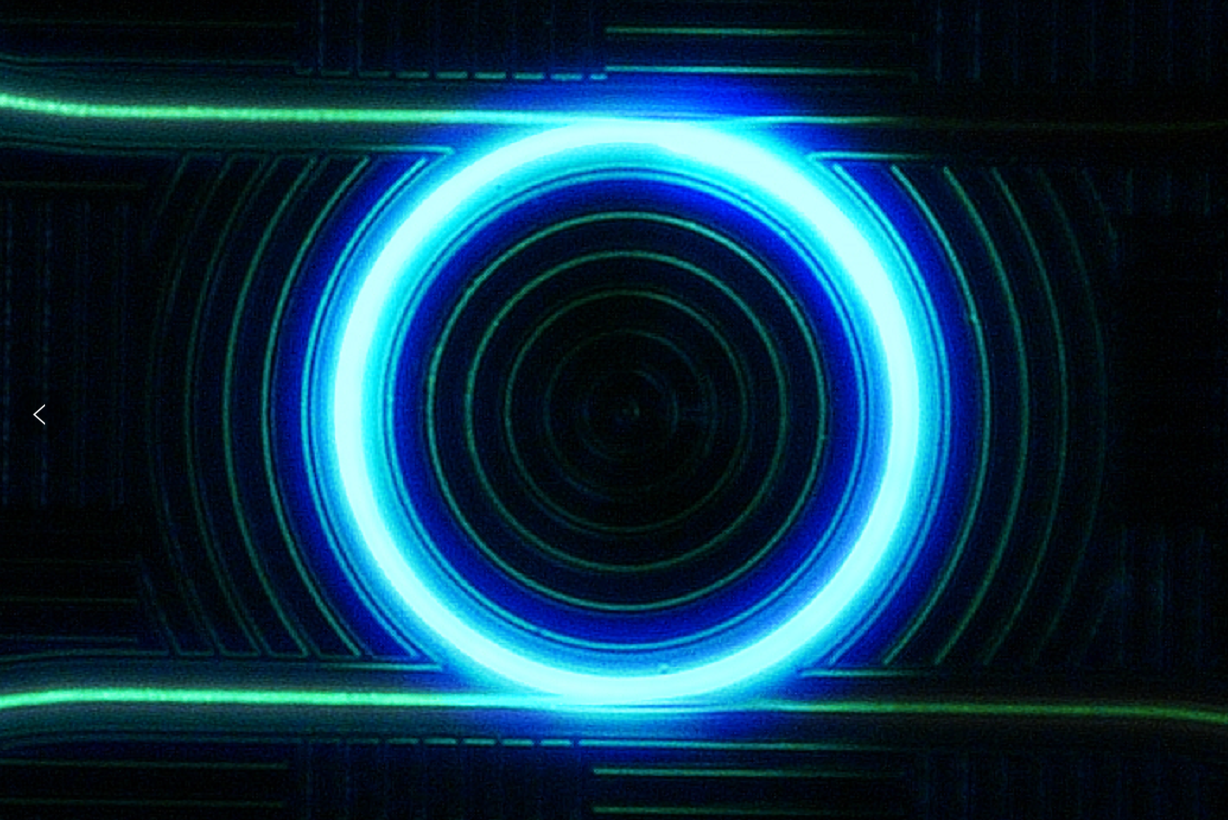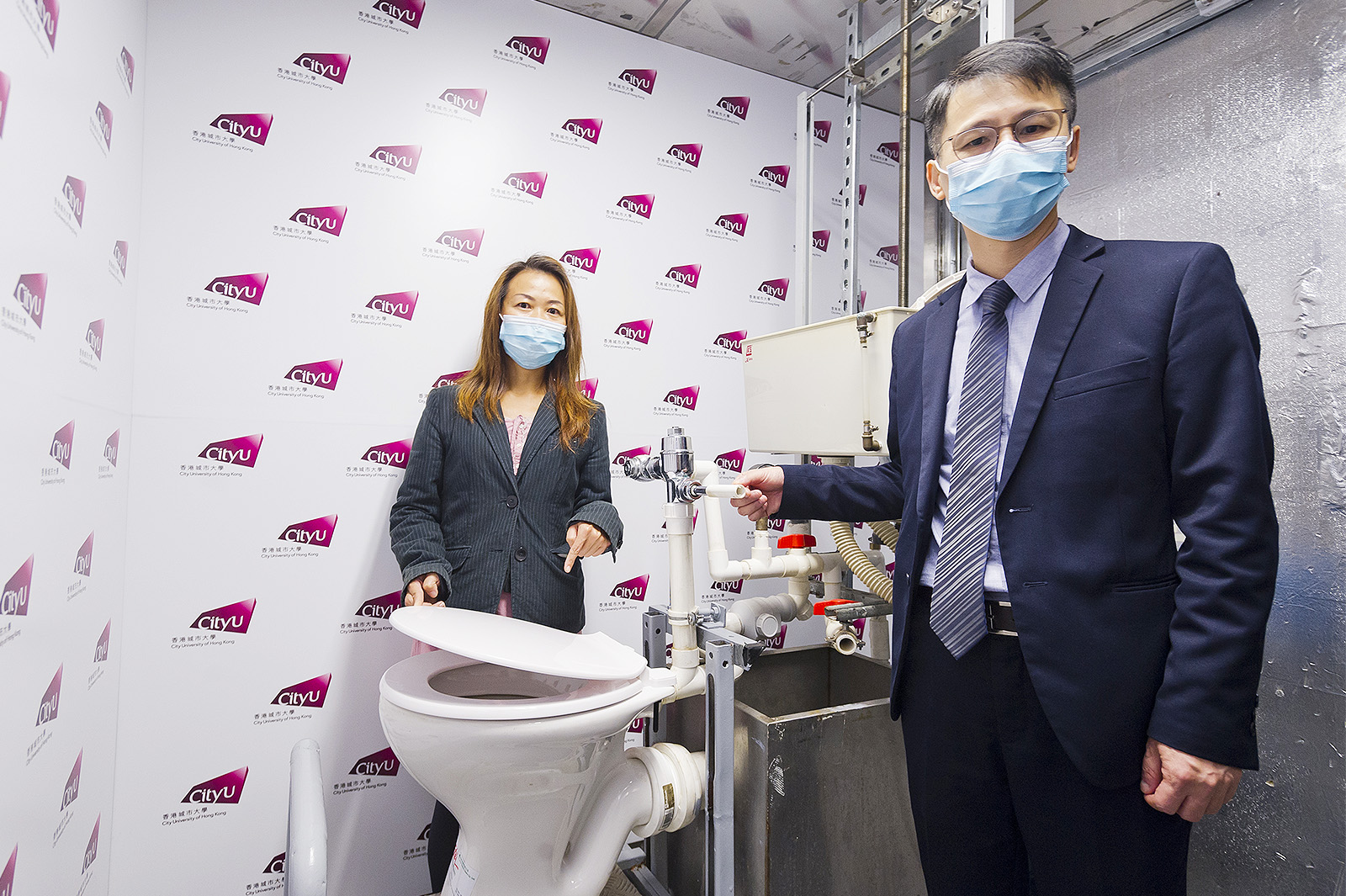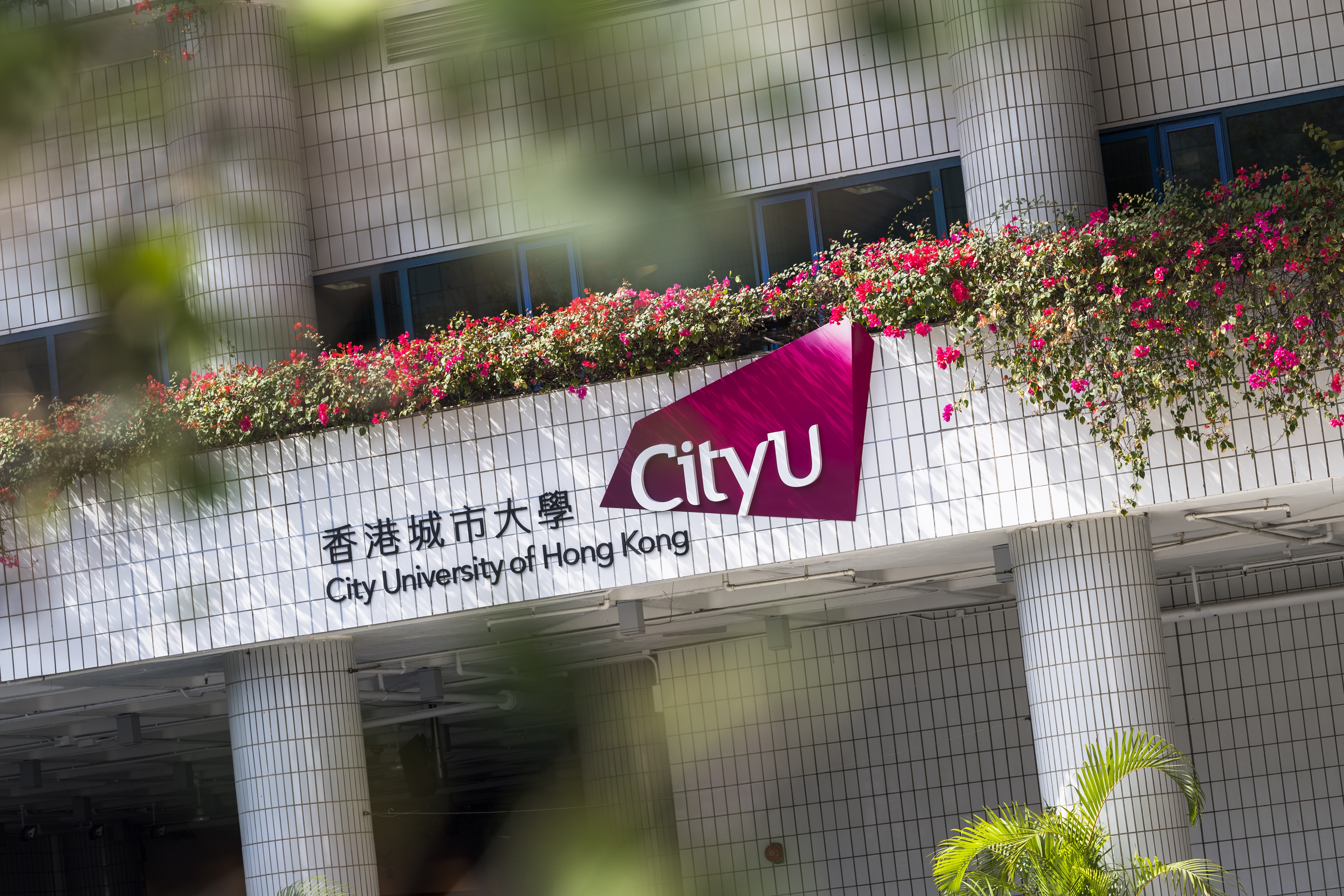A new supramolecular silicone coating: damage-healable, oil-repellent and adhesive to various materials
A research project led by City University of Hong Kong (CityU) has invented a new supramolecular silicone (DOSS) coating with inherent damage-healing and oil-repellent properties which can be adhesive to various materials. The research team managed to overcome the existing materials’ limitations by molecular engineering. They envision that it can be utilized in self-cleaning, antifouling, catalysis, energy storage and heat transfer with broad applications in the energy, environmental, and biomedical aspects.
Liquid-like behaviour displayed but phase remains stable in ultrathin hexagonal gold nanoribbons
A recent research led by City University of Hong Kong (CityU) has discovered that the ultrathin gold nanoribbons with unique hexagonal (4H type) crystal phase shows “liquid-like” behaviour under heating, but its hexagonal crystalline structure remains stable. This provides insight into the thermal stability of this new type of metallic nanomaterials and facilitates the development of practical applications in the future.
A new generation of nanostructured aluminium alloy with ultrahigh strength and large plasticity
High strength and high ductility are often mutually exclusive properties for structural metallic materials. A recent study led by the City University of Hong Kong (CityU) revealed a new strategy to overcome this trade-off dilemma. Aided by molecular dynamics simulations, the research team developed a hierarchical nanostructured aluminium alloy composed of amorphous-nanocrystalline structures. This new aluminium alloy achieves the highest strength and high ductility of its kind so far.
New droplet-based electricity generator: A drop of water generates 140V power, lighting up 100 LED bulbs
Generating electricity from raindrops efficiently has gone one step further. A research team led by scientists from the City University of Hong Kong (CityU) has recently developed a droplet-based electricity generator (DEG), featured with a field-effect transistor (FET)-like structure that allows for high energy-conversion efficiency and instantaneous power density increased by thousands times compared to its counterparts without FET-like structure. This would help to advance scientific research of water energy generation and tackle the energy crisis.
A new photoelectrochemical system: high solar-to-hydrogen conversion efficiency and low cost
Hydrogen is considered as future eco-friendly fuel due to its zero emissions in the production process. Using solar energy to generate hydrogen effectively through photoelectrochemistry has become a hot topic in the research and development sector in recent years. Researchers from the City University of Hong Kong (CityU) and King Abdullah University of Science and Technology have joined hands and successfully developed a novel photoelectrochemical system, which can greatly improve the solar-to-hydrogen conversion efficiency from 3% to nearly 9%.
Graphene’s stretchability and engineering strength revealed by CityU nanomechanical platform
Graphene, also known as the “black gold”, is the thinnest material in the world with just a single layer of carbon atoms. Not only cannot be seen with the naked eye, but it is also extremely difficult for scientists to test the actual mechanical properties of free-standing graphene. A research team comprising scientists from City University of Hong Kong (CityU) and Tsinghua University has achieved a breakthrough in this aspect.






